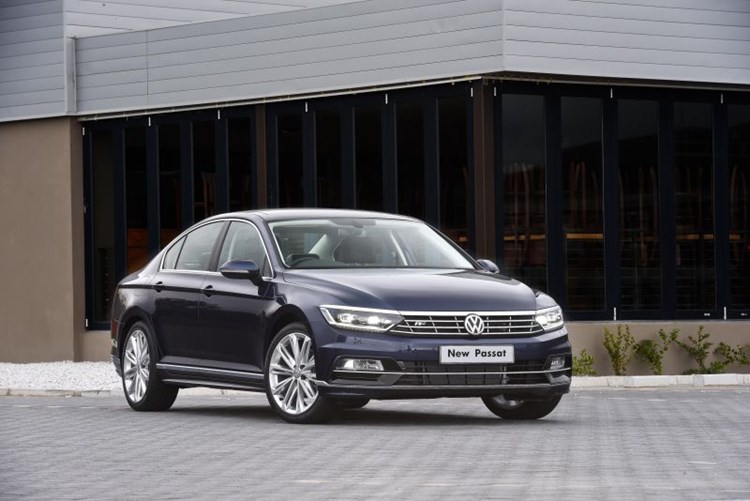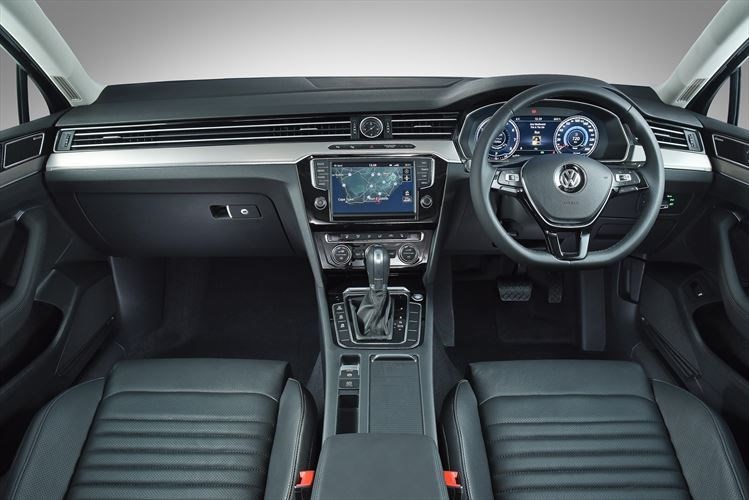Updated looks
The new Passat is a dramatic departure from the seventh generation model that it replaces. The new model is based on the successful VW Group MQB architecture, which allows designers more freedom when shaping the car.
For instance, the engines can be mounted lower, which means the bonnet could be more sloped. This gives the Passat a more rounded front end; it looks like a combination of a fresh VW design aesthetic and the outgoing VW CC model. In side profile the car cuts a sporty silhouette with more sloping lines while at the rear there is a broad shoulder section with wide tail lamps and a large bootlid. I have to say, the car does look like it would appeal to a younger audience from an aesthetic point of view.
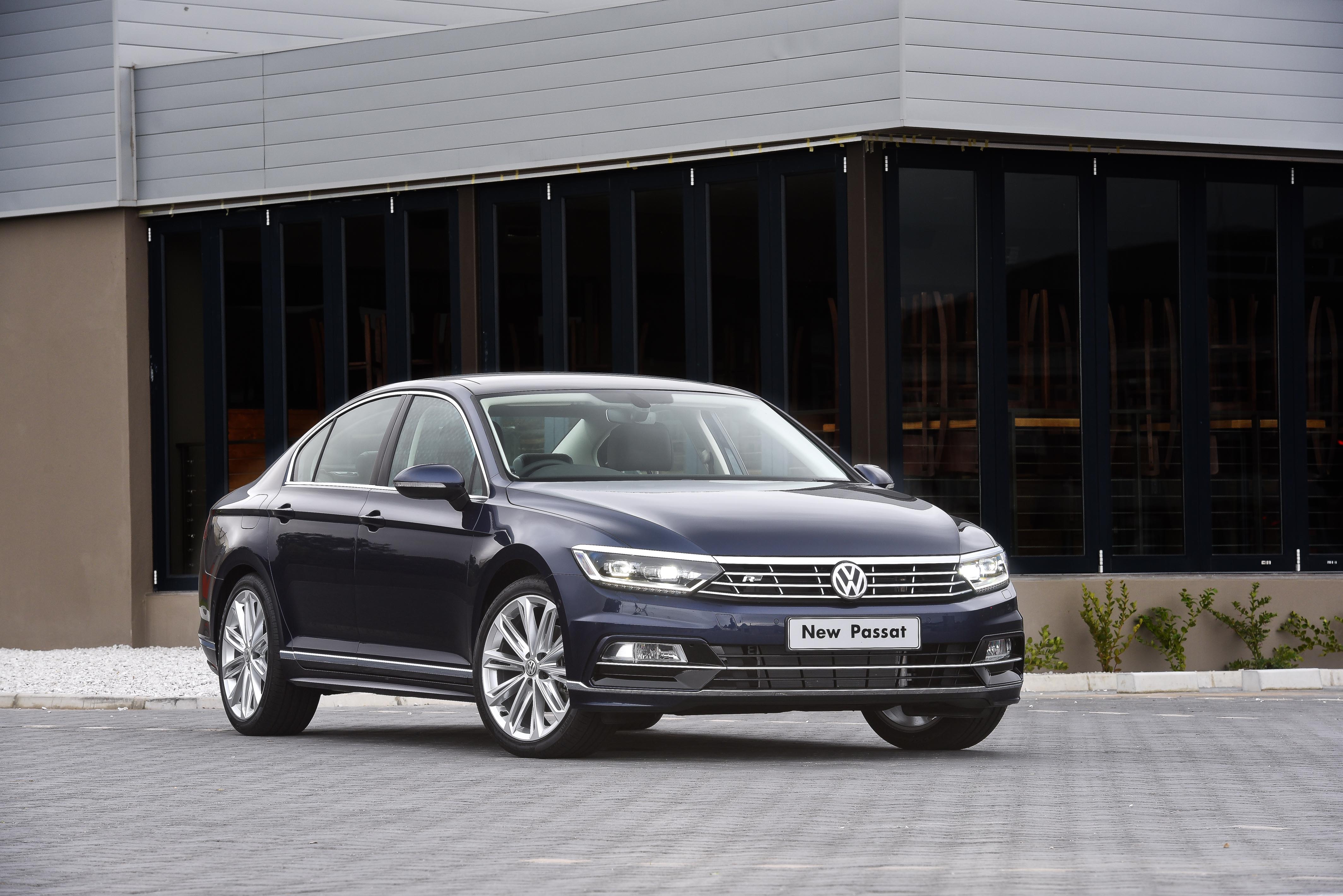
Interior modernity
VW has done a great job with the interior; the quality of the material used is exemplary and the overall design looks more premium than conservative. The highlight of the interior has to be the infotainment system, a R22 000 or so, optional extra is the Active Info Display with navigation, which transforms the instrument cluster into an infotainment screen with media, navigation, trip and vehicle information available, much like the virtual cockpit seen in recent Audi models.
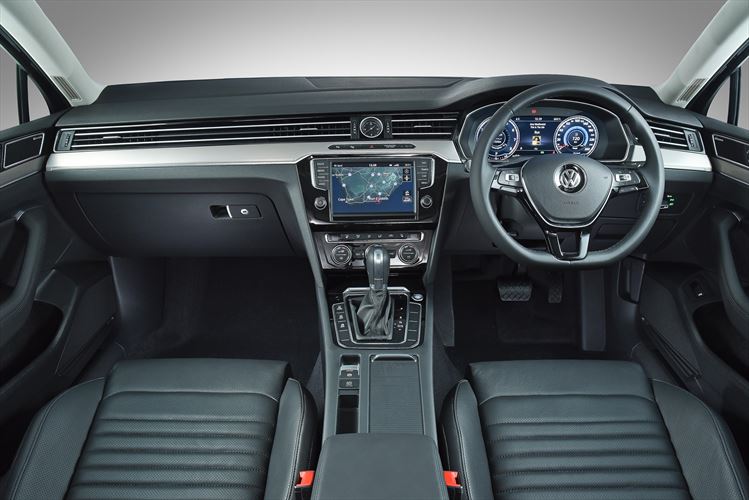
Model range
The Passat model range will include three engine derivatives and two transmission options, albeit limited to certain specifications. The 110kW/250Nm 1.4 TSI manual entry level model is the only model in the range with the option of a six-speed manual transmission. The DSG version of this 1.4 TSI model gets the same 110kW/250Nm and a fuel consumption figure of 5.2 litres/100km. The mid-range model is the 132kW/250NM 1.8 TSI DSG, which consumes a claimed 5.8 litres/100km. The flagship model - until the diesel model arrives in the second half of 2016 - will be the 2.0 TSI R-Line DSG, which shares an engine with the Golf 7 GTI with 162kW/350Nm for a 0-100km/h time of 6.7 seconds.
I drove the 1.4 TSI DSG and the 1.8 TSI DSG and was thoroughly impressed by both models. The small capacity motor pulls well while the car’s lighter weight (85kg less than the previous version in some models) means that performance is commendable. In terms of ride comfort and usability the new Passat is well sorted and enjoyable to drive. The models that I drove were fitted with the adaptive chassis control, which means you can adjust the car’s behaviour at the touch of a button with settings ranging from Eco to Sport for the drivetrain and chassis.
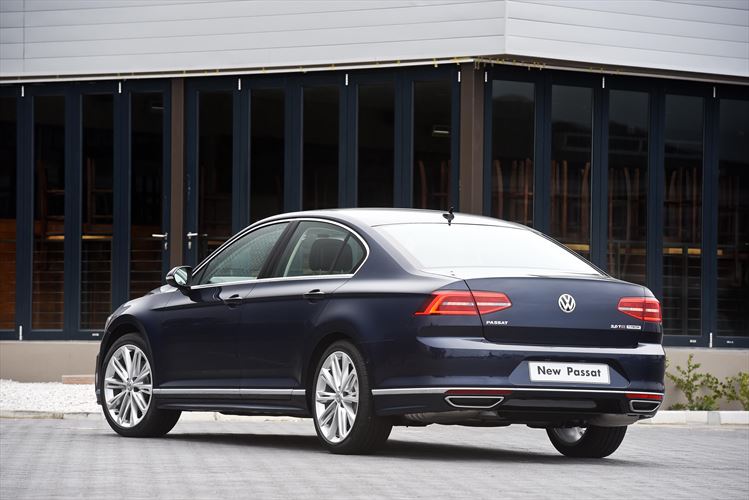
Technology
The Passat model range is available with some of the latest in-car technology. For instance, the infotainment screen in the centre console supports Apple Car Play and Android Auto, which allows your smart phone features to be used in the car, but unfortunately this technology has not been released for local devices yet. Other usable features that can be specified include adaptive cruise control, driver fatigue detection and XDS steering, which makes steering easier as well as the park assist system.
Verdict
The new Passat is a very impressive product; it stacks up really well against the ‘big three’ and manages to undercut their respective prices in many instances. The problem lays with perception, therefore the marketing from VW and the reception that our local buyers give the car is crucial. My advice is to drive it back-to-back with one of the big three.
Warranty and Service
The new model comes with a three-year/ 120 000km warranty and a five-ear/100 000km Automotion Maintenance Plan.
Pricing
| 1.4 TSI Comfortline | 110kW Manual | R378 800 |
| 1.4 TSI Comfortline | 110kW DSG | R398 800 |
| 1.8 TSI Highline | 132kW DSG | R444 200 |
| 2.0 TSI R-Line | 162kW DSG | R476 800 |
Follow us on Facebook and Twitter for motoring news.
